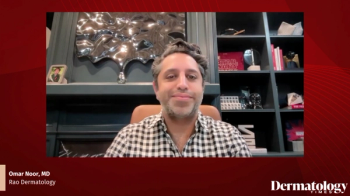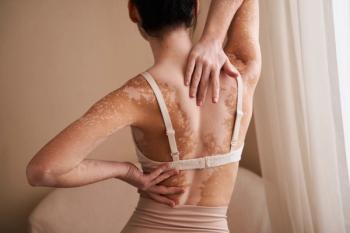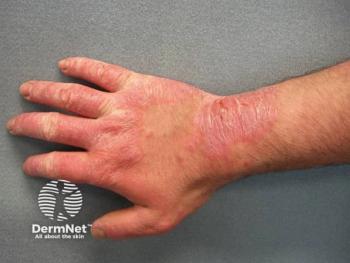
HS Summit Spotlights Gaps in Diagnosis and Care

Key Takeaways
- The summit highlighted the challenges of diagnosing HS, emphasizing the need for awareness and recognizing chronic, recurrent patterns.
- Patient storytelling and joint panels underscored the real-world burden of HS and the importance of early intervention.
Steven Daveluy, MD, highlighted lack of awareness and early misdiagnosis as major barriers to effective HS care.
UCB hosted its 2025 Hidradenitis Suppurativa (HS) Summit August 1 and 2 at its Atlanta campus, bringing together dermatology clinicians, advocacy groups, and patients to address the ongoing challenges in diagnosing and managing HS. The event aimed to foster open discussion, encourage collaboration, and strengthen community connections in tackling a disease that remains underdiagnosed and often misdiagnosed.1
Steven Daveluy, MD, board-certified dermatologist at Wayne State University in Detroit, Michigan, and board member of the HS Foundation, spoke with Dermatology Times following the summit about barriers to timely diagnosis. “I think there are 2 big problems,” he said. “One is a lack of awareness, where patients are seeing providers who may not have even heard of HS. And the other is the misdiagnosis in early disease, where it can sort of mimic an infection.”
Early HS often presents with inflamed nodules resembling boils or abscesses. While a first occurrence may be mistaken for an isolated infection, Daveluy stressed the importance of recognizing the chronic, recurrent pattern. “It’s really important for health care providers to see that pattern of the chronic recurrent lesions,” he noted. Without timely recognition, patients may experience years of delayed diagnosis, leading to progressive disease, scarring, and psychosocial impacts.
The summit’s sessions underscored the power of patient storytelling in conveying the real-world burden of HS. Joint panels of patients and clinicians discussed the daily challenges of living with the disease, navigating the health care system, and advocating for earlier intervention. Camille Lee, head of US immunology at UCB, emphasized that despite recent therapeutic advances—including bimekizumab, the first FDA-approved treatment for moderate to severe HS targeting both IL-17A and IL-17F—unmet needs remain, particularly around awareness, early diagnosis, and ongoing education.
HS is a chronic inflammatory skin disease most often affecting areas where skin rubs together, such as the axillae, groin, and inner thighs. Lesions heal slowly, recur frequently, and can form sinus tracts beneath the skin, causing significant pain and scarring.
By bringing together the voices of patients, clinicians, and advocates, the 2025 HS Summit reaffirmed a shared commitment to improving outcomes and raising the standard of care. As Daveluy concluded, “Collaboration between patients and providers is key—because it’s not just about managing a disease, it’s about improving lives.”
Reference
- UCB’s HS summit united patients and experts to drive progress in hidradenitis suppurativa awareness and treatment. News release. UCB> Published August 5, 2025. Accessed August 11, 2025. https://www.ucb-usa.com/stories-media/UCB-U-S-News/detail/article/ucbs-hs-summit-united-patients-and-experts-to-drive-progress-in-hidradenitis-suppurativa-awareness-and-treatment
Newsletter
Like what you’re reading? Subscribe to Dermatology Times for weekly updates on therapies, innovations, and real-world practice tips.



















